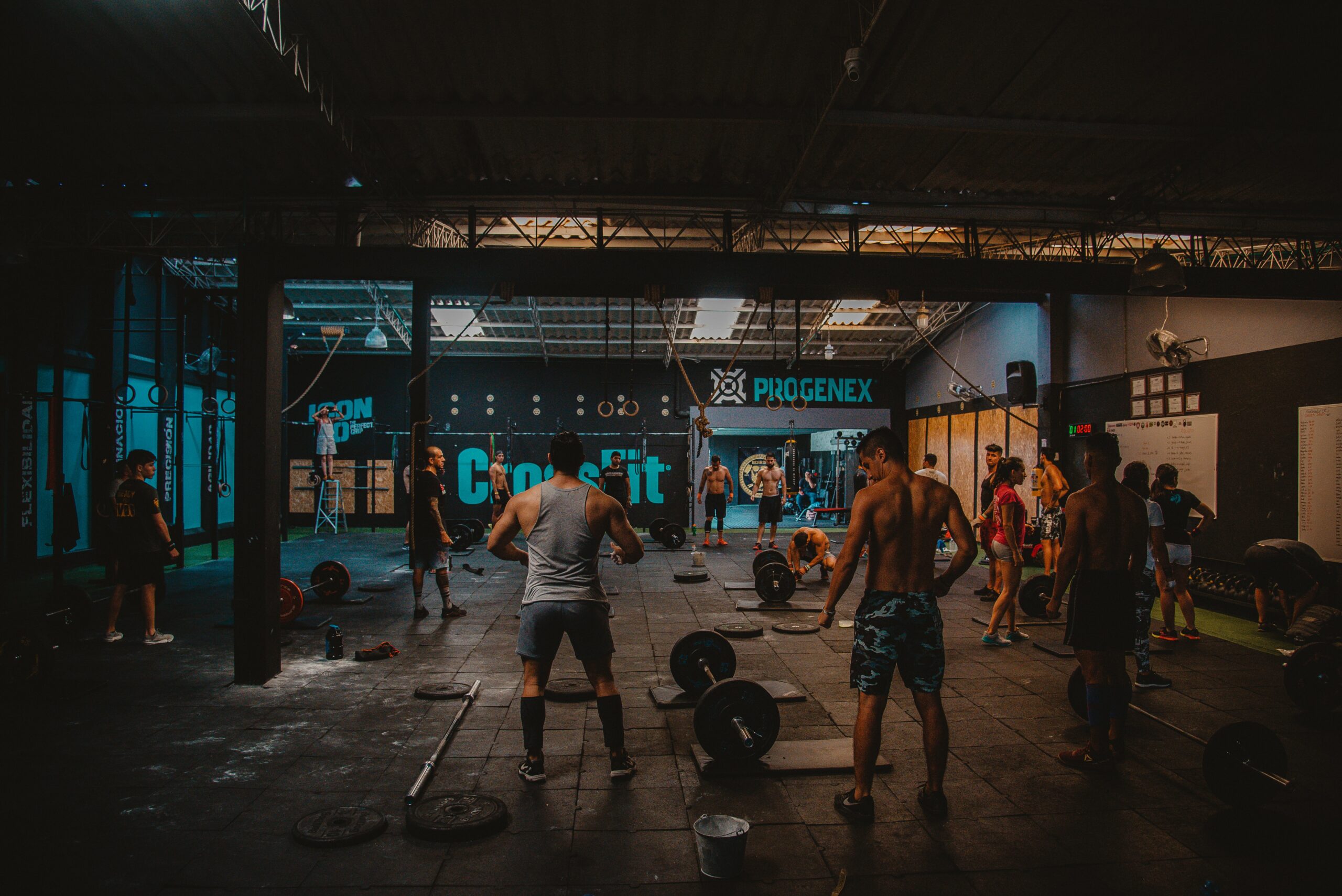Introduction:
In the world of fitness and exercise, it is widely acknowledged that functional training is essential for overall strength, balance, and injury prevention. Single-leg exercises, in particular, play a crucial role in functional training as they mimic real-life movements and engage multiple muscle groups simultaneously. These exercises not only help correct muscular imbalances but also enhance stability and coordination. In this article, we will explore the top 5 functional single-leg exercises that can take your fitness routine to the next level.
Bulgarian Split Squat:
The Bulgarian split squat is a challenging yet effective exercise that targets the quadriceps, hamstrings, glutes, and core muscles. To perform this exercise, stand a few feet away from a bench or elevated surface with your back to it. Place one foot on the bench, keeping the other foot firmly planted on the ground. Lower your body into a lunge position, ensuring your front knee is aligned with your ankle and your back knee is nearly touching the ground. Push through the heel of the front foot to return to the starting position. Repeat the movement for the desired number of repetitions and then switch legs.
Single-Leg Deadlift:
The single-leg deadlift primarily focuses on the hamstrings, glutes, and lower back muscles, making it an excellent exercise for improving balance and stability. Begin by standing with your feet hip-width apart and slight knee bend. Shift your weight onto one leg and hinge at the hips while extending the other leg straight behind you. Lower your upper body towards the ground, maintaining a neutral spine and engaging your core. Once you feel a stretch in your hamstring, return to the starting position by squeezing your glutes and pushing through the heel of the standing leg. Complete the desired reps on one leg before switching to the other.
Pistol Squat:
The pistol squat is an advanced single-leg exercise that demands significant strength and flexibility. It targets the quads, hamstrings, glutes, and requires excellent stability throughout the movement. To perform a pistol squat, extend one leg straight out in front of you and lower your body into a deep squat position on the opposite leg. Keep your chest upright and your arms extended for balance. Push through the heel of the standing leg to return to a standing position. This exercise can be scaled down by using a support like a TRX strap or a sturdy object to hold onto for assistance.
Single-Leg Step-Up:
Step-ups are fantastic for developing strength in the glutes, quadriceps, and hip flexors while enhancing balance and coordination. Stand facing a sturdy platform or bench. Step one foot onto the platform and drive your body upwards until the leg is fully extended. Slowly lower yourself back down to the starting position and repeat for the desired reps before switching legs. You can add dumbbells or kettlebells for an extra challenge.
Skater Squats:
Skater squats are an underrated but highly effective single-leg exercise that targets the quads, hamstrings, and glutes. Begin by standing on one leg with the other leg extended slightly behind you. Lower your body into a squat position on the standing leg while keeping the other leg elevated off the ground. Make sure to keep your chest lifted and back straight. Return to the starting position by pushing through the heel of the standing leg. For balance assistance, you can lightly tap the back foot on the ground as needed.
Conclusion:
Incorporating functional single-leg exercises into your fitness routine can significantly enhance your strength, balance, and overall athletic performance. Remember to start with exercises suitable for your fitness level and gradually progress to more challenging variations as you build strength and stability. Always prioritize proper form and engage your core throughout the movements to maximize the benefits and minimize the risk of injury. By integrating these top 5 functional single-leg exercises into your workout regimen, you’ll be well on your way to achieving a well-rounded and resilient physique.







